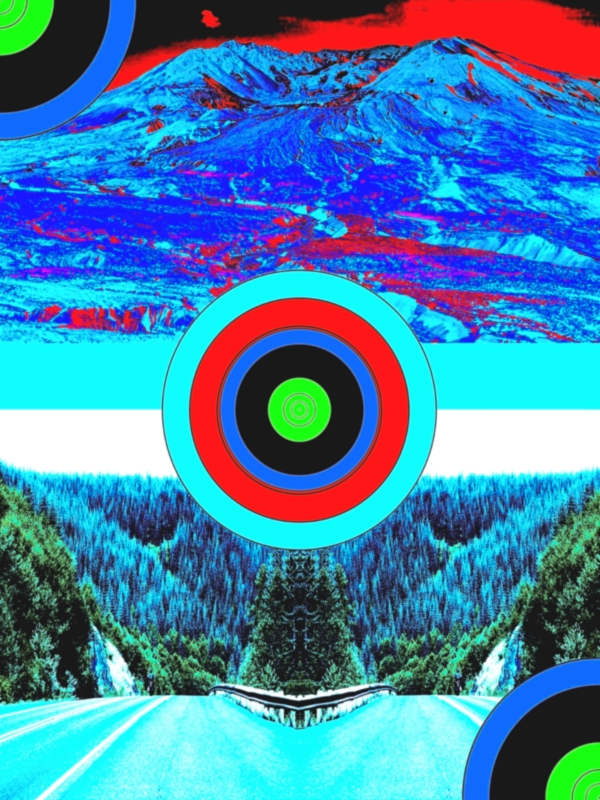The Cascadia subduction zone is a fault line, which lies at the bottom of the Pacific Ocean about ten thousand feet below sea level. It is north of the San Andreas fault and runs along seven hundred miles of the Pacific Northwest coast, parallel to the coast lines of Oregon and Washington. The Washington and Oregon beaches are located roughly half the distance between the offshore subduction zone and the Cascade mountains, which are eighty to a hundred miles inland from the coast.
The Cascadia fault, whose existence was unknown fifty years ago, is where the oceanic Juan de Fuca plate is diving under the North American plate, or rather, where it is not diving. It is stuck. Under the pressure of the Juan de Fuca plate, the North American plate is lifted a few millimeters more and compressed three to four centimeters more every year the plates are stuck. This compression stores a vast amount of potential energy in a continental-size spring that is about to break.
If the two plates become unstuck along the whole zone at once (an event with a 10% chance of happening in the next forty-five years) the earth will shake for more than four minutes at Richter level 9.2. The continental shelf between California and Canada, and inland to the Cascades will drop by six feet and rebound westward by thirty to a hundred feet. This abrupt motion will trigger two tsunami waves, one traveling west toward Japan and one traveling east toward Oregon and Washington. The east-moving tsunami will reach the Northwest coast about fifteen minutes after the earthquake begins. Almost everything that was west of the Cascade mountains, and especially west of interstate 5, will have been destroyed: collapsed, crushed, pulverized, swept away, burned, buried, injured or killed, with the above ground sinking underground and the underground rising up.
Ten hours later the west-moving tsunami will bring its destructive force to Japan. The last time this happened was more than three centuries ago on the eighth day of the twelfth month of the twelfth year of Genroku, which is to say January 27, 1700. Cascadia has been silently still since then. The Cascadia fault has ruptured forty-one times over the last ten thousand years, once every two-and-one-half centuries on average. Her next rupture is 80 years overdue. The Pacific Northwest is ill prepared for the next time she speaks and is doing mostly nothing to mitigate the coming tragedy.
You can read about how scientific sleuthing revealed the horrible threat to the Pacific Northwest in The Really Big One, by Kathryn Schulz in the July 20, 2015 issue of the New Yorker.
Larry McCandlish “Subducted, Erupted and Stuck” digital print archival ink on matte paper mounted on an artist canvas panel 16” W x 20” H, 2023 Price, $125.00
Underground
